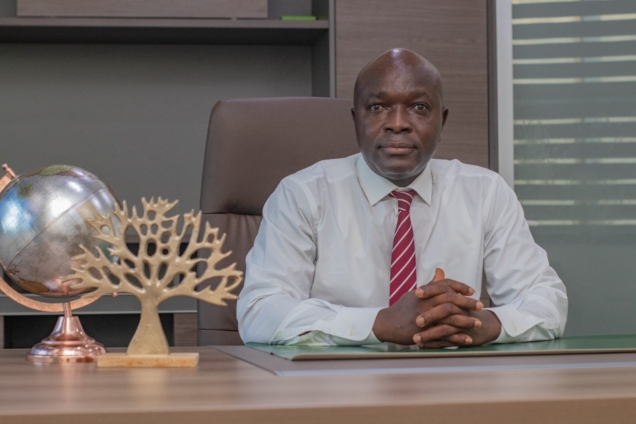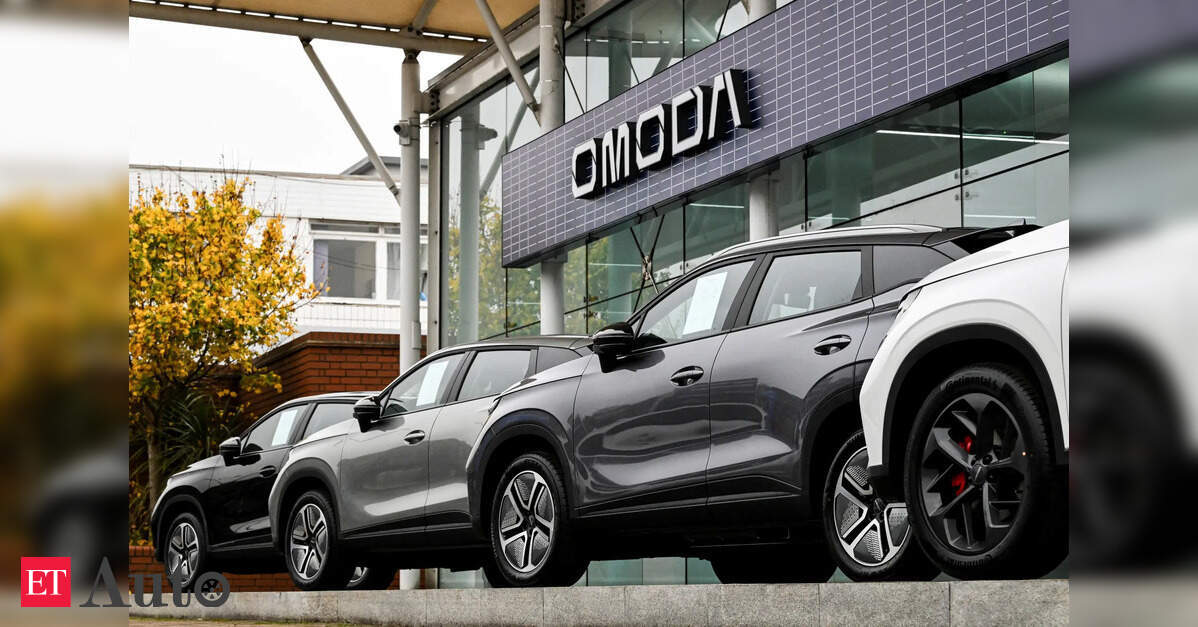Aussie Bloggers Impressed by Vibrant Chongqing

Chongqing, a megacity nestled along the Yangtze River, is rapidly emerging as a must-visit destination for international travelers. Recent experiences shared by Australian travel bloggers highlight the city's unique appeal, blending ancient traditions with modern advancements. Their journey not only captivated them but also challenged preconceived notions about China, painting a picture of a vibrant, prosperous, and culturally rich society.
The bloggers, in a video released on social media, expressed their surprise and admiration for Chongqing, questioning whether media portrayals had misrepresented China. Their exploration revealed a city brimming with energy, from its bustling streets and neon-lit skyline to its diverse street food scene and cutting-edge technology. A boat cruise offered breathtaking views of Chongqing's skyline, especially stunning after sunset.
One of the bloggers, with a long-held admiration for hanfu (traditional Chinese garments), reveled in the opportunity to immerse herself in Chinese culture at Hongya Cave. This popular attraction, known for its colorful lights and traditional architecture, provided the perfect backdrop for her cultural exploration. She hired a photographer to capture the moment, showcasing China's rich cultural heritage and experiencing the genuine hospitality of the locals.
Facilitating this influx of tourism is China's implementation of its visa-free policy, allowing eligible foreigners to stay up to 10 days without a visa. The expansion of entry-exit ports for transit visa-exempt travelers to 60 further eases travel logistics. Ouyang Rihui, a professor at the Central University of Finance and Economics in Beijing, emphasizes that this policy invites global travelers to explore China's diverse cultural and natural landscapes, fostering cultural exchange and demonstrating China's confidence and inclusiveness.
The impact of these policies is evident in the statistics. According to the National Bureau of Statistics, 20.12 million foreigners entered China visa-free last year, marking a 112.3 percent year-on-year increase. Dai Bin, president of the China Tourism Academy, suggests developing first-entry cities for inbound tourism, focusing on meeting the needs of independent travelers. He stresses the importance of leveraging duty-free stores and the national tax-refund-upon-departure policy to enhance the visitor experience. Cities like Shanghai, Beijing, Guangzhou, and Chongqing are identified as key entry points to cater to the diverse needs of international travelers.
The bloggers' visit to Raffles City, a high-end shopping mall, further dispelled stereotypes about China and its products. The male blogger noted the prosperity and availability of both Chinese and international brands, highlighting the high-quality products and world-class shopping experiences available. This observation aligns with Chongqing's strategic development as an international consumption hub.
In February, Chongqing's Mayor Hu Henghua emphasized the city's role in international consumption, focusing on brand development and exploring the city's unique characteristics. He highlighted the importance of upgrading and diversifying consumption experiences to attract more international visitors, boosting both consumption and the city's global appeal. Chongqing's blend of cultural heritage, modern development, and proactive policies positions it as a compelling destination for travelers seeking an authentic and enriching experience in China.
You may also like...
Diddy's Legal Troubles & Racketeering Trial

Music mogul Sean 'Diddy' Combs was acquitted of sex trafficking and racketeering charges but convicted on transportation...
Thomas Partey Faces Rape & Sexual Assault Charges

Former Arsenal midfielder Thomas Partey has been formally charged with multiple counts of rape and sexual assault by UK ...
Nigeria Universities Changes Admission Policies

JAMB has clarified its admission policies, rectifying a student's status, reiterating the necessity of its Central Admis...
Ghana's Economic Reforms & Gold Sector Initiatives

Ghana is undertaking a comprehensive economic overhaul with President John Dramani Mahama's 24-Hour Economy and Accelera...
WAFCON 2024 African Women's Football Tournament

The 2024 Women's Africa Cup of Nations opened with thrilling matches, seeing Nigeria's Super Falcons secure a dominant 3...
Emergence & Dynamics of Nigeria's ADC Coalition

A new opposition coalition, led by the African Democratic Congress (ADC), is emerging to challenge President Bola Ahmed ...
Demise of Olubadan of Ibadanland
Oba Owolabi Olakulehin, the 43rd Olubadan of Ibadanland, has died at 90, concluding a life of distinguished service in t...
Death of Nigerian Goalkeeping Legend Peter Rufai

Nigerian football mourns the death of legendary Super Eagles goalkeeper Peter Rufai, who passed away at 61. Known as 'Do...





